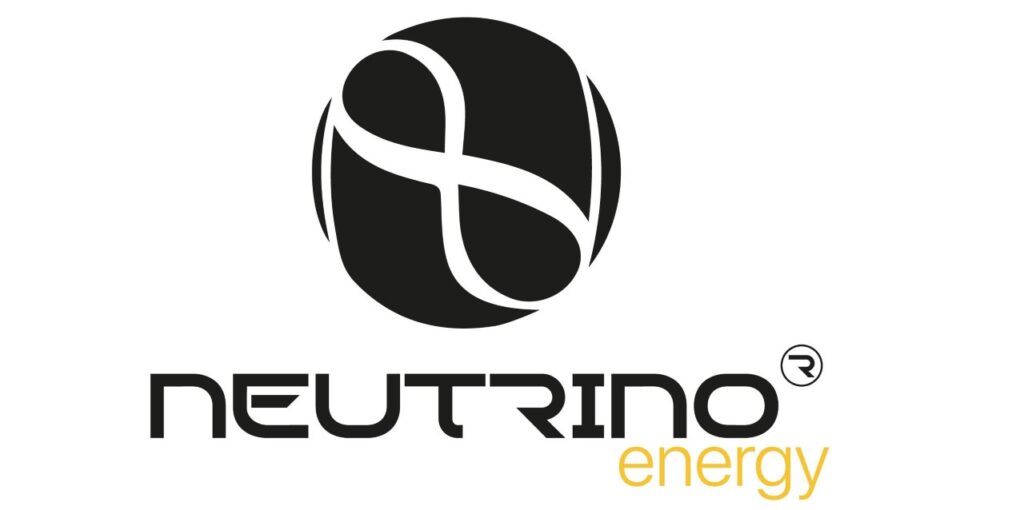
Ground was broken in the field of neutrino power in 2015 when two independent scientists, Takaaki Kajita in Japan and Canadian Arthur McDonald, proved that neutrinos – tiny rays of cosmic particles that permeate almost everything in the universe – did in fact have mass. And, as Einstein’s Relativity Theory goes, e=mc2, or everything with mass also contains energy. For their discovery, the two scientists were each bestowed the prestigious Nobel Prize in Physics.
The next step, and one that the Neutrino Energy Group has embarked on, was to develop what was previously thought to be impossible – harnessing that energy for power generation. In principle, harvesting neutrinos as an energy source is similar to that of a traditional photovoltaic (PV) solar cell. Neutrinos are not captured; instead a portion of their kinetic energy is taken and converted into electricity.

The working element of the Neutrinovoltaic technology is a multilayer nanomaterial of alternating layers of graphene and doped silicon. In recent years, a wide range of scientists has been exploring the possibilities of using graphene in the field of energy: today it is proven that graphene is able to collect electricity from the environment. However, the weak current and voltage per unit surface of graphene did not allow using it to generate electricity, the applied use of this, in fact, a unique property of graphene. Such a solution was found by the Neutrino Energy Group – a multilayer generating nanomaterial was created, which made it possible to increase the power received from a unit of working surface by orders of magnitude.
A crucial advantage is that the process requires no sunlight. For 24 hours a day and 365 days a year, Neutrinovoltaic can transform portions of energy into power, anywhere in the world. “Most important to understand is that with this technology – you can compare it with the solar cell – and you can have a little solar cell in any electrical device, and the same of course you can have a little neutrino cell directly implemented in any electrical device,” says Neutrino Energy CEO Holger Thorsten Schubart.
Since the Neutrinovoltaic technology is already working in laboratory settings, scientists around the world are working taking this technology to the next level. The Neutrino Energy Group recently announced a new partnership with one of the world’s leading Institutes in the field of research and development of electronic materials, the scientific center C-MET in India.
Together the two partners are now a step closer to one of the most ambitious projects of the century – the creation of the electric Pi-Car. Powered by environmental energy, this new and unique intelligent alliance could start revolutionizing energy generation and the automotive industry itself.
“We are glad to go this way together with such an important strategic partner as C-MET, known for its top-level specialists, recognized all over the world – Neutrino Energy Group has long been looking for a competent partner capable of handling such a large-scale and complex project,” comments Holger Schubart.
In Neutrino Energy, humanity finally has a reliable solution to the modern energy crisis. Neutrinovoltaic devices still have a ways to go before they can be practically implemented, but just as with photovoltaic cells, this new technology will eventually be accepted as a viable solution to the world’s energy needs.
Tags:
, Menafn, IPS, Reportedtimes, Google News, Financial Content, ReleaseLive, iCN Internal Distribution, Extended Distribution, English
The post Neutrinovoltaic: Power by environmental energy appeared first on Financial Market Brief.

